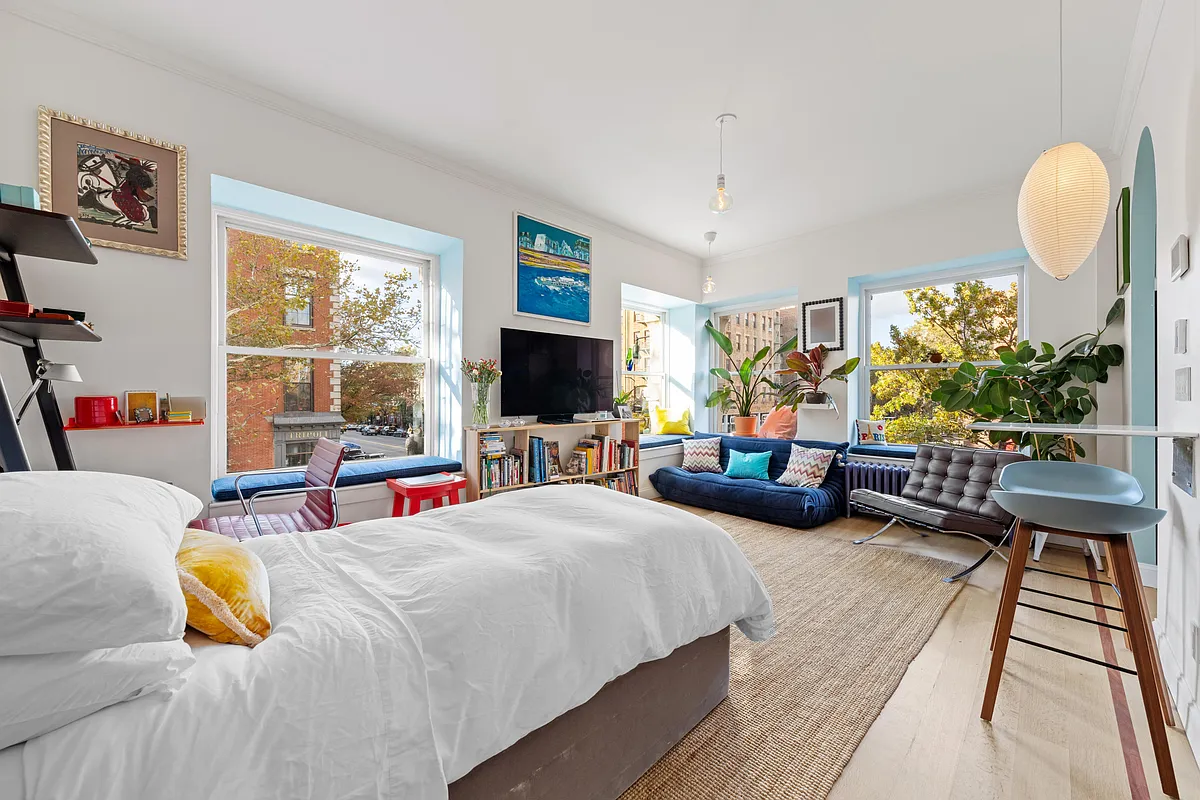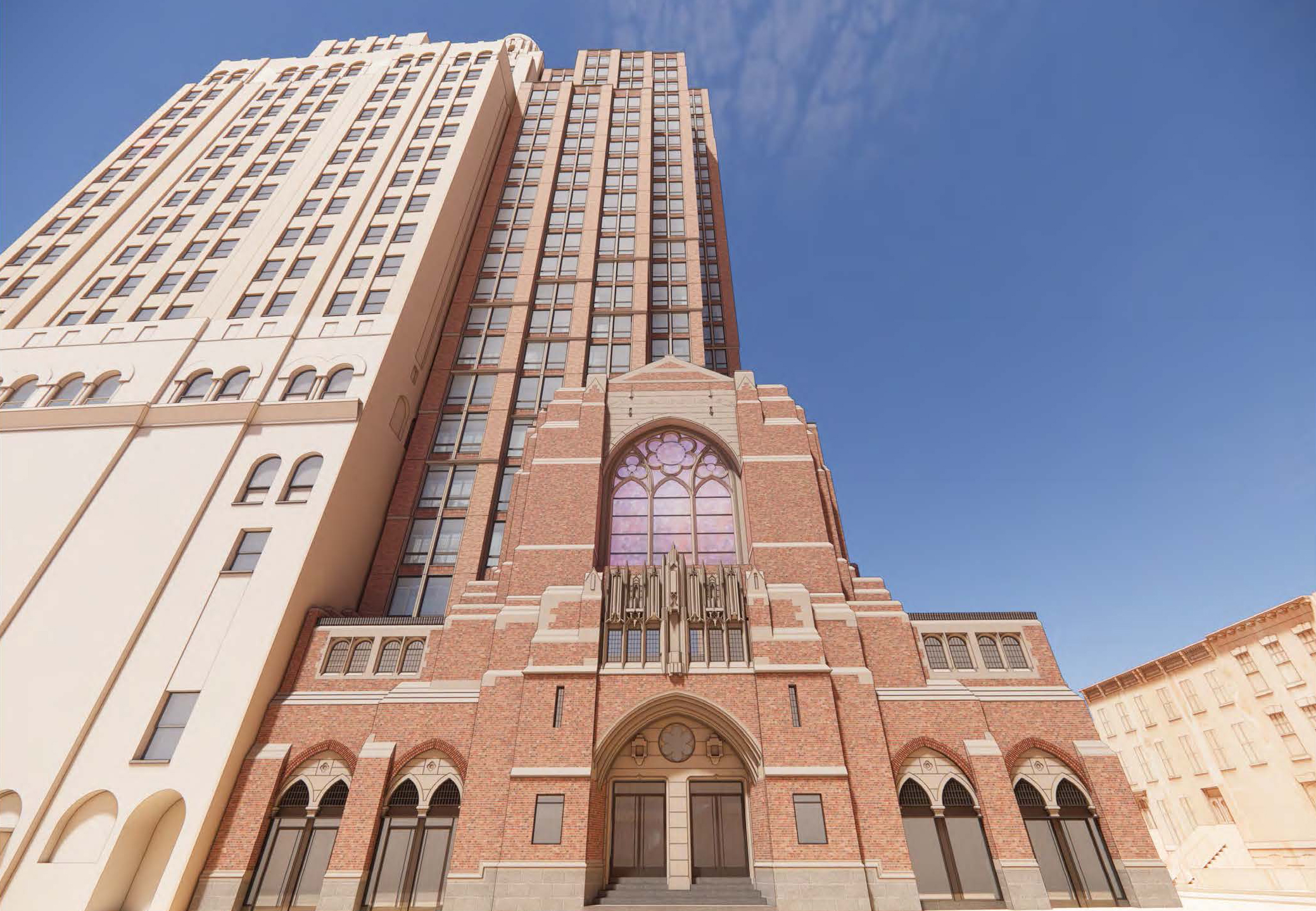Bird Blog: Week 4
Every week, Jennifer Mankins, owner of Park Slope- and Cobble Hill-based boutiques Bird, tells us about the new 2,500-square-foot store on Grand Street in Williamsburg that she’s getting ready to open. Last week, Mankins wrote about interiors around the world that have inspired her and her 10-step plan for moving forward with the new store….


Every week, Jennifer Mankins, owner of Park Slope- and Cobble Hill-based boutiques Bird, tells us about the new 2,500-square-foot store on Grand Street in Williamsburg that she’s getting ready to open. Last week, Mankins wrote about interiors around the world that have inspired her and her 10-step plan for moving forward with the new store.
This week my sister/project manager Stephanie tackles the blog, with her firsthand account of our preliminary contractor interviews. I don’t have any corresponding photos, but I recently shot new basement pics like the one above (click through for another shot) that I think are quite nice. You don’t have to know anything about remodeling or construction to know how important it is to choose your contractor wisely. He (or she, but usually he) is the person responsible for overseeing all the sub-contractors and will ultimately have the greatest influence on how the project progresses. Before we even decided on an architect, Jen wanted me to begin interviewing contractors for the demolition. Recommendations for general contractors come few and far between, so when the landlords sent us a list of people whose work they would vouch for, I knew that at the very least we had a good starting point. I had just finished remodeling my apartment, and liking my contractor, I added his name and number to the list. After making a few initial phone calls, I narrowed the list to three general contractors…

I set up times to meet each at the space, primarily to familiarize each contractor with the site and discuss the scope of the demo, but also to get a sense of each contractor’s style and personality. Even though we were only hiring the contractor for the demolition phase, Jen and I hoped it would serve as a trial run, so to speak, for the much larger job of the build-out.
Although the first contractor was almost half an hour late, I walked him through the space anyway. I pointed out what we wanted dismantled and cleared out and asked him what he thought. He said it looked like a small, easy job no more than $6500 and he’d have no trouble getting a crew together. He just had to make a phone call to ensure he could work under a friend’s liability insurance. Sounded a bit sketchy to me. It turned out that he wasn’t really in the contracting business anymore. He had moved on to real estate mostly, he said, handing me his business card, but was still interested in the job. Oh. Thank you, nice to meet you, I’ll be in touch.
Bill Dorvillier was up next. As a sculptor, he works in the same community with the landlord, and having considered renting the space himself, he was already very familiar with it. He immediately started talking about the possibilty of using the skylights as part of a passive cooling system and mentioned that he had a great contact for reclaimed wood. His enthusiasm for sustainable building was effusive and his energy for the project was contagious. He said he could have a bid for the demo in a few days, but expected it to be between 15 and 20 thousand. Gulp.
The third contractor, Paul Wang, has a simple, driving precept time is money. As such, he’s rarely, if ever, late to a meeting, which, other than being an impressive feat in New York City, I’ve always felt was a good indicator of a contractor’s reliability. Having recently worked with him on my apartment, I didn’t so much need to suss out his overall approach as to show him the details of the job. Our meeting was short and focused on the specifics of the demo with his interrupting only to suggest different ways to do something quicker or for less money. He confirmed my suspicion that there was really no way to get the job done for $6500, and told me to expect his bid to come in closer to Bill’s.
As we waited for their bids, Jen thought we needed more information and decided it would be better to first hire an architect who could then help us make the contractor decision.
Bird Blog Week 3 [Brownstoner]
Bird Blog Week 2 [Brownstoner]
Bird Blog Week 1 [Brownstoner]





A cabinet intended for clothing storage is usually called a wardrobe in English, or an armoire in French. In previous centuries, such a cabinet was also known as a linen-press. In British usage, a wardrobe occasionally was referred to as an oakley, because of the oak wood used in its construction. In India, a cabinet is often referred to as a almirah.
http://brooklyn.craftsmennetwork.com/“
I really appreciate Jennifer taking the time to document this process. It is very informative for other business owners and people interested in opening a retail store.
I found this post very informative. For jobs in which not much design is needed, I’ve always wondered about the difference between doing things directly with a contractor, or going with an architect who brings his own people. Thanks for sharing your experience.
Isn’t bird in boerum hill not cobble hill
In response to 2:06 –
Having worked as a subcontractor, from finish carpenter to site manager, as well as a general contractor on many renovations, I’m well aware that the stereotype of the unreliable contractor is not completely unfounded. From this same experience, however, I’ve learned that there are still many craftspeople who take their work seriously and whose word, when given on anything from an appointment time to quality of work, can be trusted. Without exception, I’ve found it worth my time to seek out and employ people whose work, and word, I have confidence in.
So while the Hudson Companies, as full-time, professional developers, are undoubtedly more sophisticated in many ways, I think a blog documenting a much smaller scale venture such as ours can and will prove insightful and interesting to many folks. We may even uncover some gem of knowledge, wisdom lost in the machinations of big business.
Many thanks to everyone reading and commenting on the blog!
Stephanie Mankins
everything’s fair game on a blog
staff’s always been nice to me. anyway, i thought we were talking about a reno, not customer service.
We hire them to be rude to people like you
i live next door to the cobble hill bird, and was wondering if your salespeople are going to be as rude at your new location as they are in the smith street store.